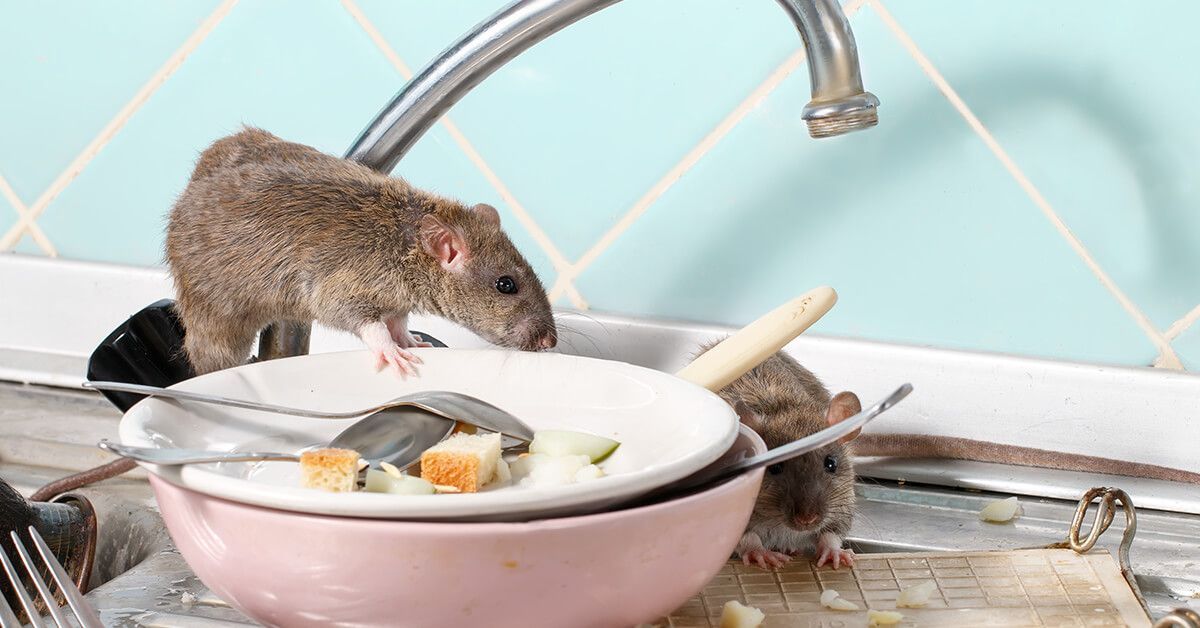Homes may have varying levels of termite infestation, thus certain treatments may be required. It is advisable to work alongside a termite professional who can assist create an efficient termite treatment plan particularly for your property when it comes to termite treatment in your home. Here are a few of the most popular remedies:
Liquid Application with Bait and Monitoring System
To monitor termite activity, treatment liquid is placed at access points and infected parts of the house as part of this service. The termite expert will refill the liquid with bait after they have located the activity areas. Termites who eat the bait will spread its effects to their mates, aiding in the reduction of the termite colony infestation in your house.
Liquid Application with Repellent or with Non-Repellent
Both inside and outside of your house, you may apply this therapy. Infected areas might be injected with repellents directly or sprayed with them. Rather than getting rid of the termites, this treatment causes them to leave the area. Utilizing non-repellent materials is another therapeutic option. The termites are not made aware of their existence by these. As a result, non-repellent is easily contacted by termites. The termite colony in your house is successfully eliminated when the product or bait is consumed by the termites and passed on to other termites through contact.
Wood Treatment has immediate results and reduces termite colonies while providing protection from new termite infestations. The results are equally successful whether the treatment fluid is injected into the wood or applied directly to it.
Treatment of the entire structure or fumigation In the event of a severe infestation in your house, i.e. if several colonies are discovered, termite control and treatment is an efficient technique. The whole structure of your house or place of business is treated throughout the fumigation procedure. The professional injects gas into your house through small gaps and dark areas that may be termite hiding places. Treatment has immediate results and reduces termite colonies while also offering protection from new termite infestations. The results are equally successful whether the treatment fluid is injected into the wood or applied directly to it.
Liquid Termiticides
Effective and often used approaches for termite control are liquid termiticides. Repellent and non-repellent termiticides are the two main types used to get rid of termites from homes or commercial buildings. Although each is beneficial in its own way, depending on the circumstance, one may be preferable to the other.
Repellent Termiticides
There have been repellent termiticides for a very long time, and they are quite affordable. Liquid repellents are applied to the soil as part of the treatment. As a result, instead of inflicting harm when termites come into touch with the treated soil, they either perish or flee. Although drilling is necessary for appropriate soil delivery in corners, cracks, slabs, and other potential entry points for termites, this treatment is successful.
The problem with this type of treatment is that there are locations that are difficult to reach even after applying dirt; this creates a security breach that allows termites to re-enter your property. Additionally, until the substance comes into touch with termites, this treatment truly has no impact on termite colonies.
Non-Repellent Termiticides
The non-repellent termiticides, which are relatively new, employ an entirely different method for controlling termites. Ineffective termiticide-treated soil is undetectable to termites. As a result, they unwittingly enter the treated area with ease. If utilized in greater amounts, the active component in the invisible treated soil can be fatal to termites. As a result, a chain reaction occurs in which the non-repellent termiticide spreads from one termite to the remainder of the colony, ultimately eliminating numerous termite colonies.
Conventional Treatment
More than 50 years have passed since the introduction of this kind of treatment. The goal of a traditional treatment is to eradicate all potential entry points for subterranean termites into a house. It is regarded as the most thorough liquid termite treatment. The soil under plumbing penetrations in slabs and bath traps, as well as the soil on either side of foundation walls and in the spaces left by cinder block walls, are all treated conventionally.
For the treatment of the inside foundation wall, cinder block voids, and plumbing penetration regions, drilling is frequently necessary. Depending on the kind of construction used for the home, different amounts of drilling and treatment areas are required.
Exterior Perimeter Plus Localized Interior Treatment (EP/LI)
For EP/LI subterranean termite treatments, only a few non-repellent liquid termiticides are permitted. The EP/LI treatments are primarily intended to treat the soil next to the outer foundation wall of a home to address these assaults since the majority of termite attacks originate from locations surrounding a property.
Unless there are active termites in interior locations, which are often discovered with a thorough inspection, interior treatments are not necessary. The quantity of drilling necessary to control termites has been decreased as a result of this tailored treatment. The amount of termiticide required for control using EP/LI can also be reduced by up to 60% in comparison to traditional treatment, according to the label of one non-repellent termiticide, Termidor. Depending on the style of home building, the precise proportion of termiticide reduction varies.
HOW TO CHOOSE THE RIGHT TERMITE TREATMENT PLAN FOR YOUR HOME OR BUSINESS?
Consult a licensed and experienced pest management specialist before deciding on a termite control strategy. He or she may examine your house and make suggestions for potential treatments that would be most effective there. The specialist will also be familiar with state rules and regulations about available pest control methods and will be able to recommend treatments in accordance with those laws.
A post-treatment examination of your house will be scheduled by the pest eradication specialist to evaluate the efficacy of the full termite extermination treatment. A trustworthy and knowledgeable termite specialist is crucial for quality pest control.




